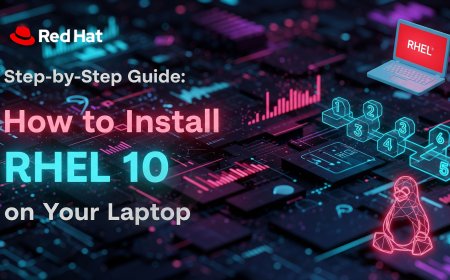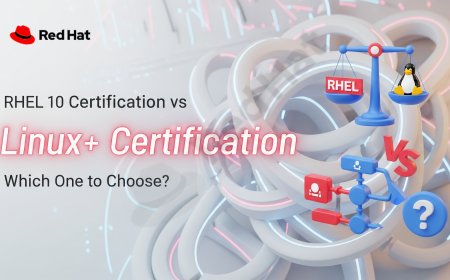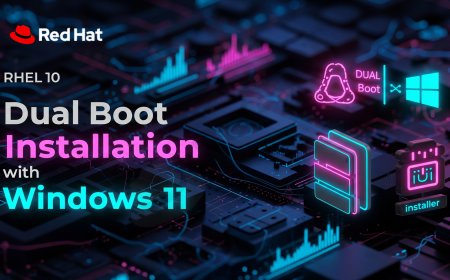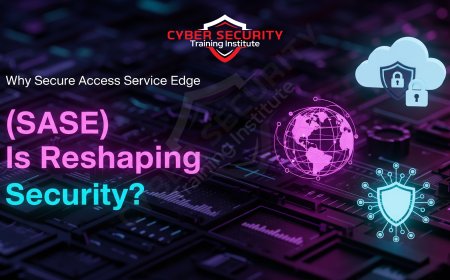What Makes Real-Time AI Threat Detection Essential for SMBs in 2025?
In 2025, real-time AI threat detection is essential for Small and Medium-sized Businesses (SMBs) as it provides the only affordable and effective defense against modern, automated cyber attacks. With attackers increasingly targeting smaller companies, AI acts as a 24/7 virtual security analyst that can stop high-speed threats like ransomware before they cause devastating damage. This detailed analysis explains why traditional antivirus is no longer sufficient and breaks down how AI-powered solutions, particularly Managed Detection and Response (MDR) services, level the playing field for SMBs. It covers the value proposition, the technology's workflow, and provides a clear guide for business owners on making the right security investment.
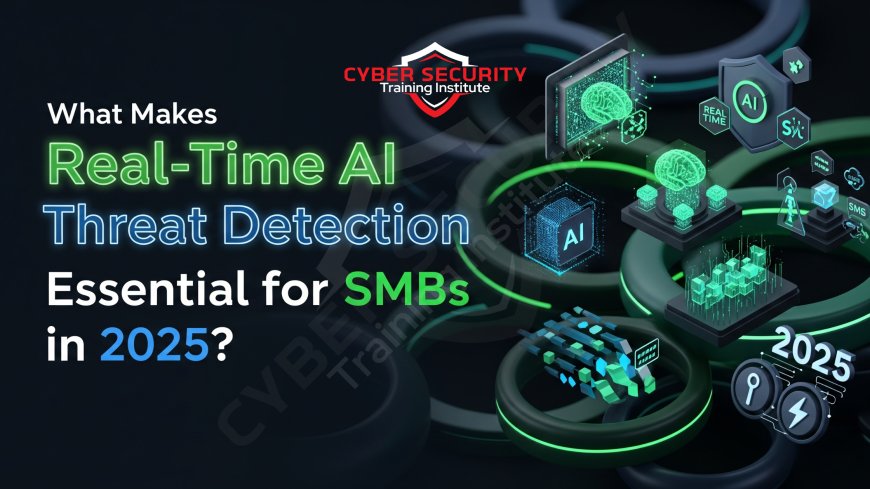
Table of Contents
- The New Reality for Small and Medium Businesses
- The Old Way vs. The New Way: The Night Watchman vs. The AI Sentry
- Why This Is the Critical Investment for SMBs in 2025
- How a Virtual AI Analyst Protects Your Business
- Comparative Analysis: The Value of Real-Time AI for SMBs
- The Core Challenge: Overcoming the "Too Small to be a Target" Myth
- The Future of SMB Security: The Rise of MDR
- A Guide for the SMB Owner: Making the Right Choice
- Conclusion
- FAQ
The New Reality for Small and Medium Businesses
In 2025, real-time AI threat detection has become absolutely essential for Small and Medium-sized Businesses (SMBs) because it is the only viable defense against the wave of automated, high-speed cyber attacks that now relentlessly target them. With limited budgets and often no dedicated security staff, SMBs across India and the world need AI to act as a cost-effective, 24/7 virtual security analyst. This technology is critical for stopping modern threats, like ransomware, before they can inflict the kind of devastating financial damage that can put a small business out of operation.
The Old Way vs. The New Way: The Night Watchman vs. The AI Sentry
The traditional security model for an SMB was simple: install a basic antivirus and a firewall. This was like hiring a night watchman for your office in Pune; they might recognize a known troublemaker at the front gate, but they have no visibility into what is happening inside every room and cannot stop a clever intruder who gets past them. This approach is no longer enough.
The new model, real-time AI threat detection, is like installing an advanced AI sentry system across your entire operation. This system continuously monitors all activity on all computers and servers. It learns the normal rhythm of your business—who accesses what data and when—and can instantly spot and neutralize an intruder based on their suspicious behavior, day or night, without ever getting tired.
Why This Is the Critical Investment for SMBs in 2025
The urgency for SMBs to adopt this technology is driven by a stark new reality in the cybersecurity landscape.
Driver 1: SMBs Are No Longer Ignored, They Are Hunted: The myth of being "too small to be a target" is dead. Attackers now use automated tools to scan the internet and attack thousands of vulnerable SMBs simultaneously. They see smaller businesses as soft targets that are often less protected and still have valuable data and bank accounts.
Driver 2: The Blistering Speed of Modern Attacks: Automated ransomware attacks can now encrypt an entire small business network in a matter of minutes, not hours. By the time a business owner or their part-time IT consultant sees a warning email, the damage is already done. A human-only response is simply too slow.
Driver 3: The Affordability and Accessibility of AI Security: Five years ago, this level of security was prohibitively expensive, reserved for large corporations. By 2025, the rise of cloud computing and specialized Managed Detection and Response (MDR) providers has made enterprise-grade AI security affordable and accessible for SMBs on a subscription basis.
How a Virtual AI Analyst Protects Your Business
Imagine this common scenario for an SMB:
1. Learning "Normal": An AI-powered security tool is quickly deployed to the business's computers. It spends a few days quietly learning the normal patterns of the network: it sees that the accounting team always accesses the Tally server, but the sales team never does.
2. The Initial Breach: An employee in the sales team accidentally clicks on a phishing link in an email, and a piece of malware is silently installed on their machine.
3. Real-Time Behavioral Detection: The malware immediately tries to connect to the Tally server to steal financial data. The AI instantly sees this highly abnormal behavior—the sales PC trying to access a server it has no business touching—and recognizes it as a threat pattern.
4. Automated Response: Before the data can be stolen or ransomware can be deployed, the AI automatically executes a pre-approved action: it isolates the infected sales PC from the rest of the network, stopping the attack in its tracks. It then sends a simple, clear alert to the business owner or their IT provider explaining what happened and what to do next.
Comparative Analysis: The Value of Real-Time AI for SMBs
This table highlights how AI solves the core security challenges faced by smaller businesses.
| Challenge for SMBs | Traditional Solution | How Real-Time AI Solves It (2025) |
|---|---|---|
| Lack of a 24/7 Security Team | An attack that happens at 2 AM on a Sunday goes completely unnoticed until Monday morning. | The AI acts as a tireless "virtual analyst," providing 24/7/365 monitoring and automated response without needing a salary or sleep. |
| Limited Cybersecurity Expertise | Business owners are experts in their own field, not in analyzing complex security logs. | The AI distills millions of technical data points into a few, simple, high-priority alerts with clear, understandable recommended actions. |
| Inability to Stop Fast-Moving Threats | A manual response to a ransomware alert can take hours, by which time the business's data is already encrypted. | The AI responds in seconds, automatically isolating the threat before it can spread, which drastically reduces the potential damage. |
| Severe Budget Constraints | Hiring a full-time security expert or buying complex on-premise hardware is prohibitively expensive. | Affordable, cloud-based subscription models (like MDR services) provide access to enterprise-grade AI security for a manageable monthly fee. |
The Core Challenge: Overcoming the "Too Small to be a Target" Myth
The biggest hurdle for SMBs adopting this technology is often not technical or financial, but psychological. Many business owners, especially in bustling and competitive commercial hubs like Pune or Mumbai, are rightly focused on growth and customer service. They often operate under the dangerous assumption that they are too small or uninteresting to be a target for sophisticated cyber attacks. The core challenge for the security industry is to educate these business owners that in the age of automated, indiscriminate attacks, every business with an online presence and a bank account is a valuable target.
The Future of SMB Security: The Rise of MDR
For most SMBs, the future of consuming AI security is not about buying and managing a complex piece of software themselves. Instead, it lies in subscribing to Managed Detection and Response (MDR) services. MDR providers offer a powerful package deal: they deploy and manage a sophisticated AI threat detection platform on your behalf and have their own team of human security experts to back it up. They handle the complex analysis and only escalate the most critical, verified threats to the business owner, providing a complete, outsourced security operations center for a predictable and affordable monthly cost.
A Guide for the SMB Owner: Making the Right Choice
For SMB owners or their IT managers, the path forward is clear.
1. Move Beyond Just Antivirus: Recognize that traditional antivirus, which primarily looks for known threats, is no longer enough. The modern standard is Endpoint Detection and Response (EDR), which uses AI to detect malicious behavior.
2. Look for a Managed Service (MDR): Do not try to become a security expert overnight. The best value and highest level of protection for an SMB comes from a reputable MDR provider who can offer a 24/7 service that fits your budget.
3. Prioritize Automated Response Capabilities: When evaluating solutions, the most important feature is automated containment. The ability for the system to automatically isolate an infected computer from the network is the key to stopping fast-moving ransomware from destroying your business.
Conclusion
In 2025, for a Small or Medium-sized Business, real-time AI threat detection is no longer a "nice-to-have" technology; it is a fundamental requirement for survival. As automated attacks increasingly and indiscriminately target smaller businesses, AI has become the great equalizer. It provides the constant, 24/7 vigilance and the split-second response capabilities that were once the exclusive domain of large corporations, making it the most cost-effective and powerful way for an SMB to protect its assets, its reputation, and its future.
FAQ
What is an SMB?
SMB stands for Small and Medium-sized Business, which typically refers to companies with a number of employees and revenue below a certain threshold.
What is the difference between Antivirus and AI threat detection?
Traditional Antivirus primarily uses signatures to block known, previously identified malware. AI threat detection (found in EDR/MDR) analyzes behavior to spot new, never-before-seen threats and the malicious actions of an attacker.
What is EDR?
EDR stands for Endpoint Detection and Response. It is a type of security solution that continuously monitors end-user devices ("endpoints" like laptops and servers) to detect and respond to advanced threats.
What is MDR?
MDR stands for Managed Detection and Response. It is a service where a third-party provider manages your EDR tools, analyzes alerts, and provides expert response, acting as your outsourced security operations team.
Why are SMBs targeted by cyber attacks?
Because attackers view them as "soft targets." They often have less robust security than large corporations but still possess valuable data, access to bank accounts, and connections to larger supply chains.
How fast can ransomware encrypt a network?
Modern, automated ransomware strains can begin encrypting files across an entire small business network within minutes of the initial breach.
Is AI security expensive for a small business?
While it used to be, the rise of cloud-based MDR services has made it highly affordable, with many providers offering subscription-based pricing based on the number of employees or devices.
What does "isolating a device" mean?
It is an automated response where a security tool blocks all network communications to and from an infected computer, preventing a threat like ransomware from spreading to other computers or servers.
Do I need to be a tech expert to use these tools?
No. If you use an MDR service, the provider's team of experts handles all the complex technical analysis. They will only contact you with simple, clear instructions when a real threat is found.
What is a "virtual security analyst"?
It is a term used to describe how an AI security platform functions. Like a human analyst, it constantly monitors for threats and analyzes data, but it does so 24/7 at machine speed.
What is a "force multiplier"?
In a business or military context, it's a tool or technology that allows a small team to achieve the same results as a much larger one. For SMBs, AI security is a force multiplier.
Does AI threat detection protect against phishing?
While email security tools are the primary defense, a real-time AI tool on the endpoint can often detect and block the malicious activity that occurs *after* an employee clicks a phishing link, acting as a crucial safety net.
What does "behavioral analysis" mean in this context?
It means the AI is not just looking for "bad files." It is looking for "bad actions," such as a Microsoft Word document suddenly trying to encrypt other files or a user's computer trying to connect to a known malicious server.
Can this stop a zero-day attack?
Yes. A zero-day attack is a new threat that has no signature. Since AI-based detection is focused on behavior, it is highly effective at spotting and stopping zero-day attacks based on their malicious actions.
Where is this AI technology deployed?
It is typically deployed via a small, lightweight software "agent" that is installed on each computer and server in the business. This agent collects data and sends it to a central cloud AI platform for analysis.
What is the biggest mistake an SMB can make in 2025?
The biggest mistake is continuing to rely solely on traditional antivirus and believing that they are "too small to be a target" for sophisticated cyber attacks.
How do I choose a good MDR provider?
Look for providers with a strong reputation, 24/7/365 coverage, clear and simple pricing, and a focus on automated response capabilities.
Will this slow down our computers?
Modern, cloud-native EDR/MDR agents are designed to be extremely lightweight and have a negligible impact on system performance.
Does this help with compliance or regulations?
Yes, having a 24/7 monitoring and detection system like MDR is often a key requirement for complying with data protection regulations like GDPR or industry-specific rules.
What is the most important feature to look for?
For an SMB facing the threat of ransomware, the single most important feature is automated response, specifically the ability to automatically isolate an infected device in seconds.
What's Your Reaction?
 Like
0
Like
0
 Dislike
0
Dislike
0
 Love
0
Love
0
 Funny
0
Funny
0
 Angry
0
Angry
0
 Sad
0
Sad
0
 Wow
0
Wow
0






